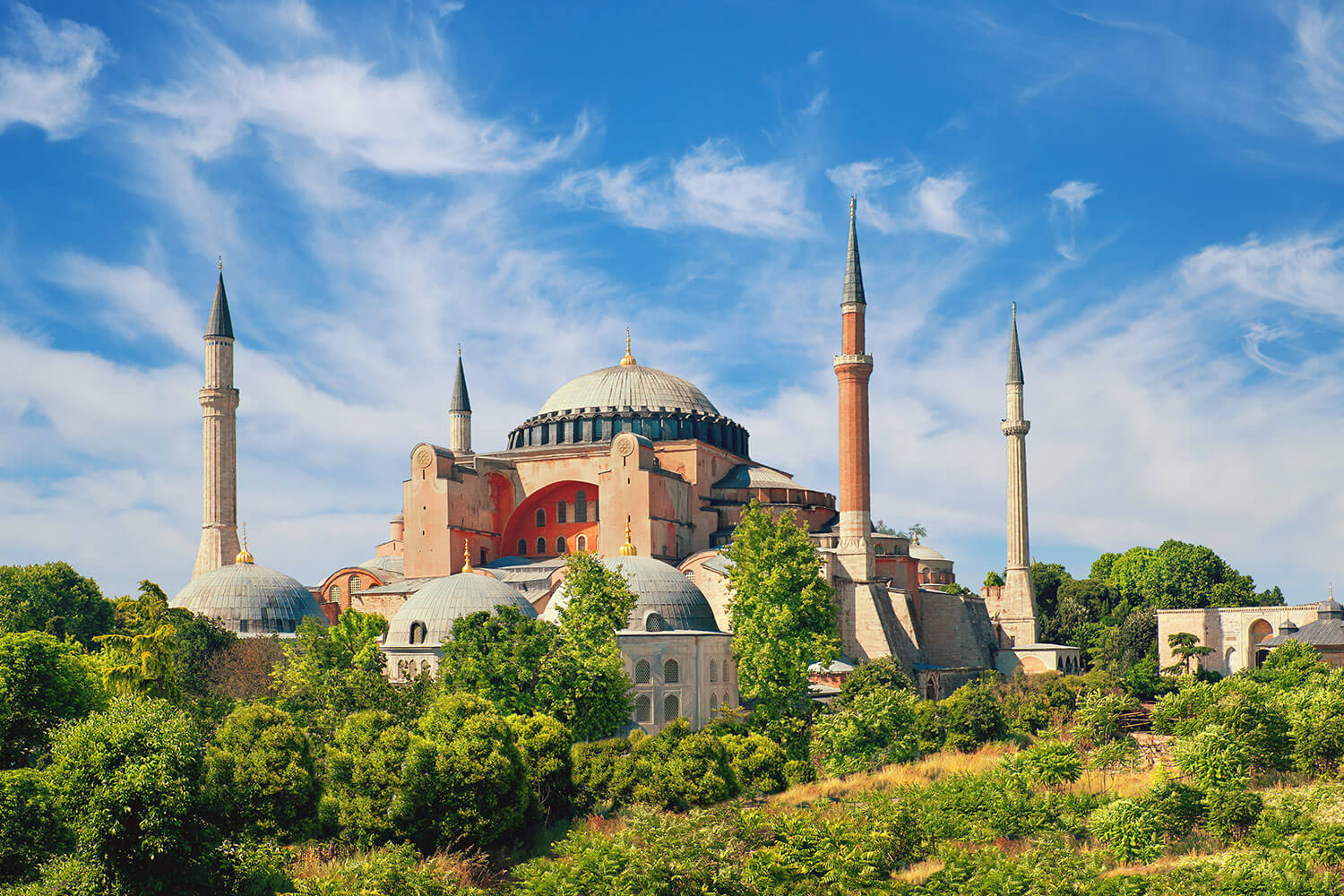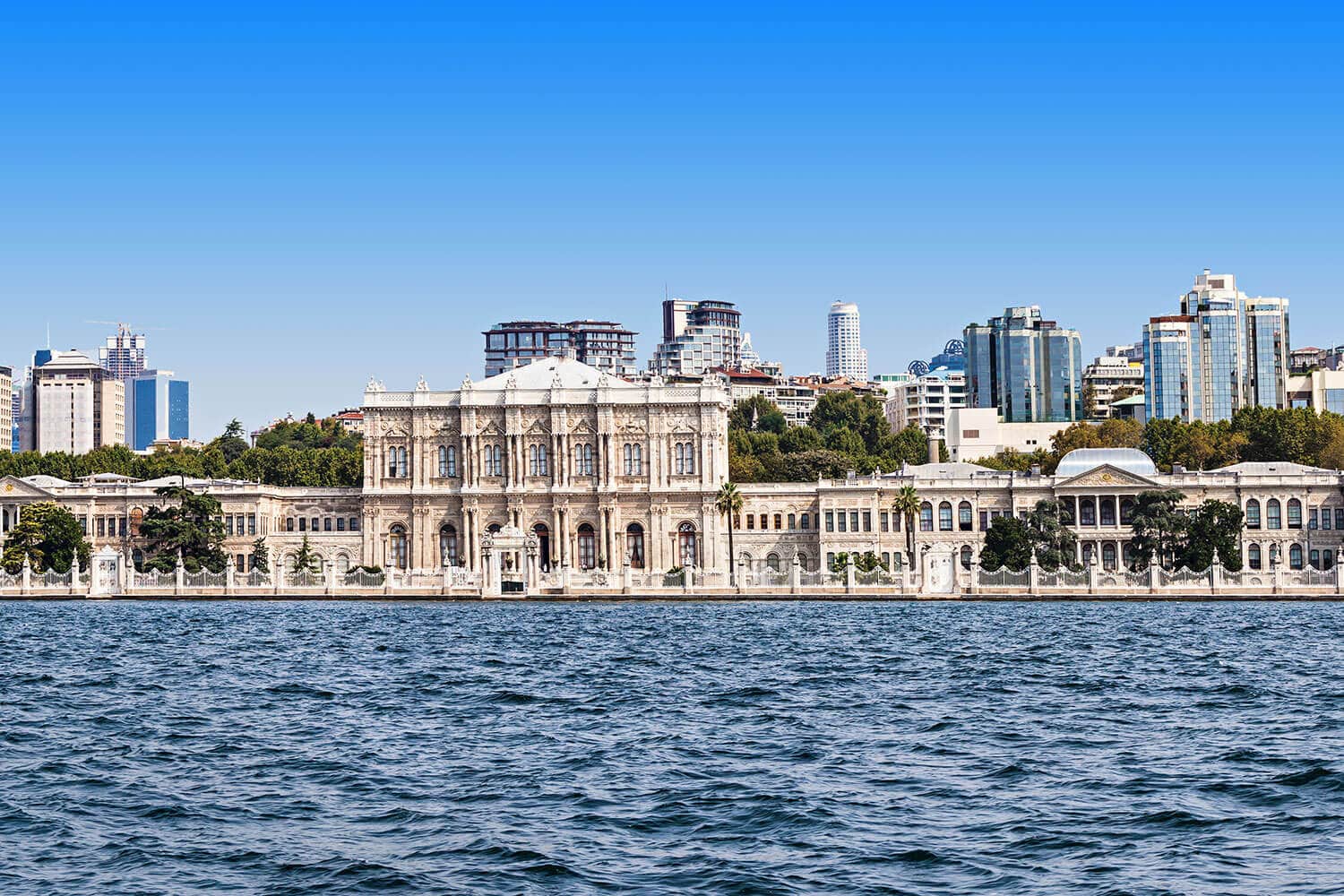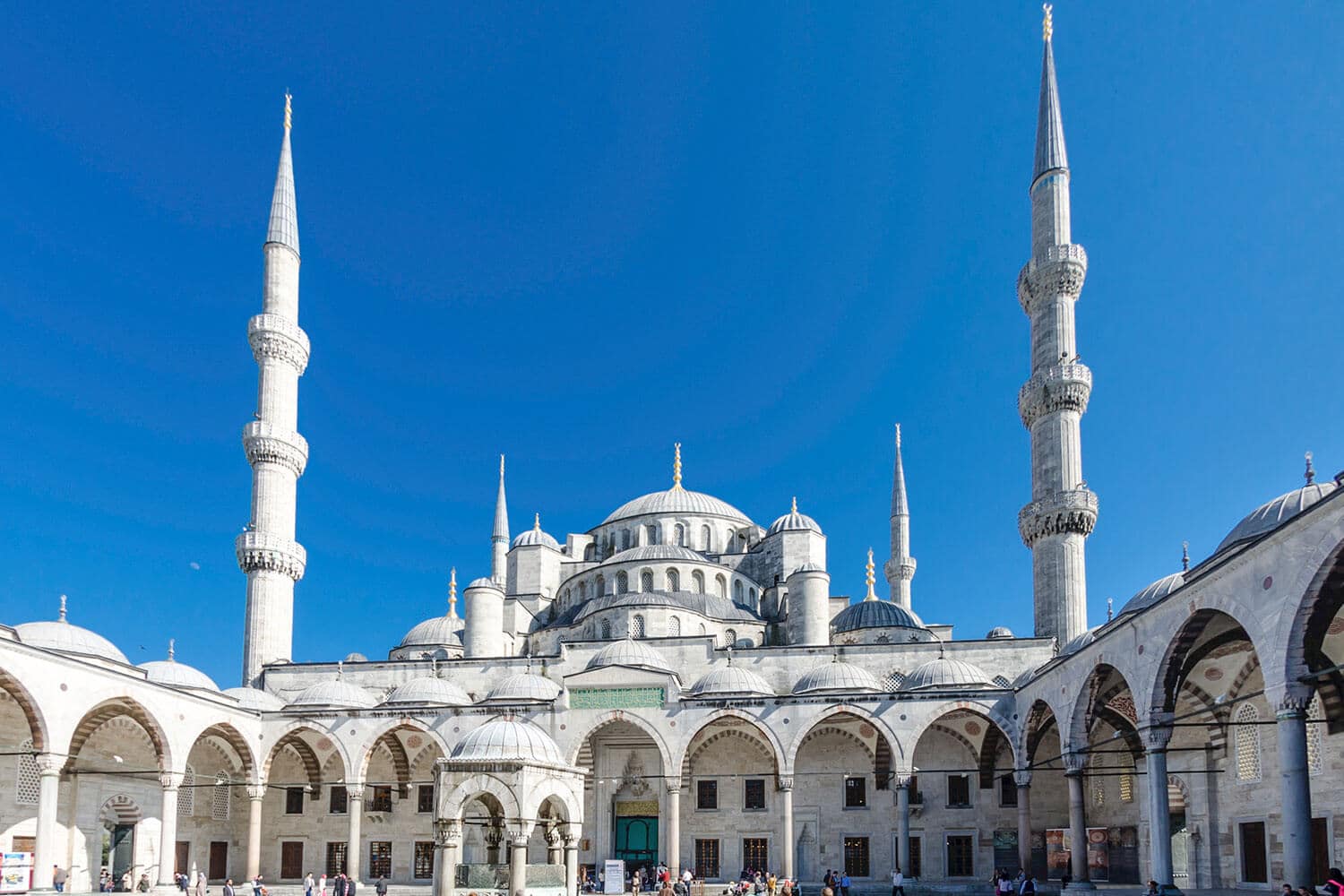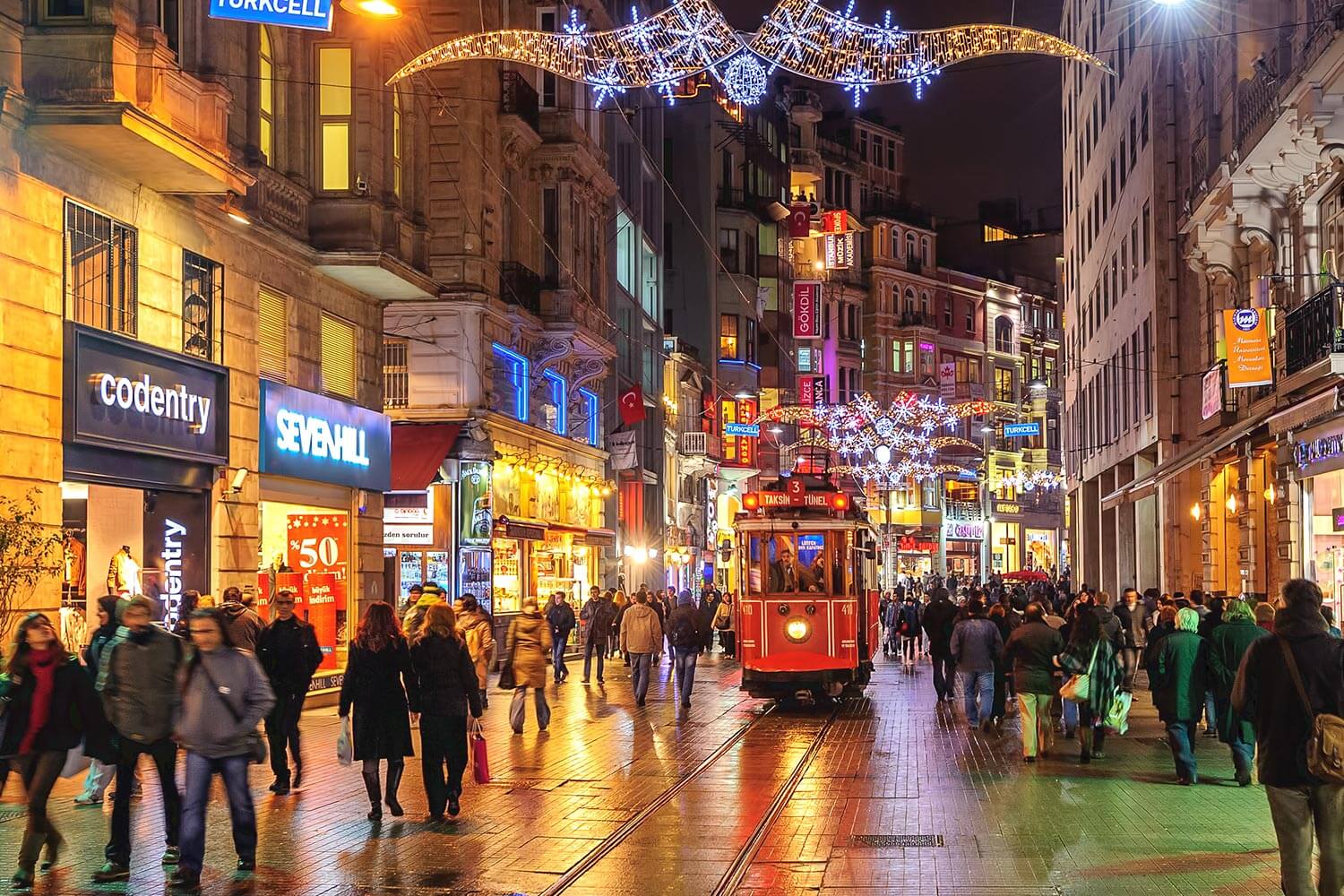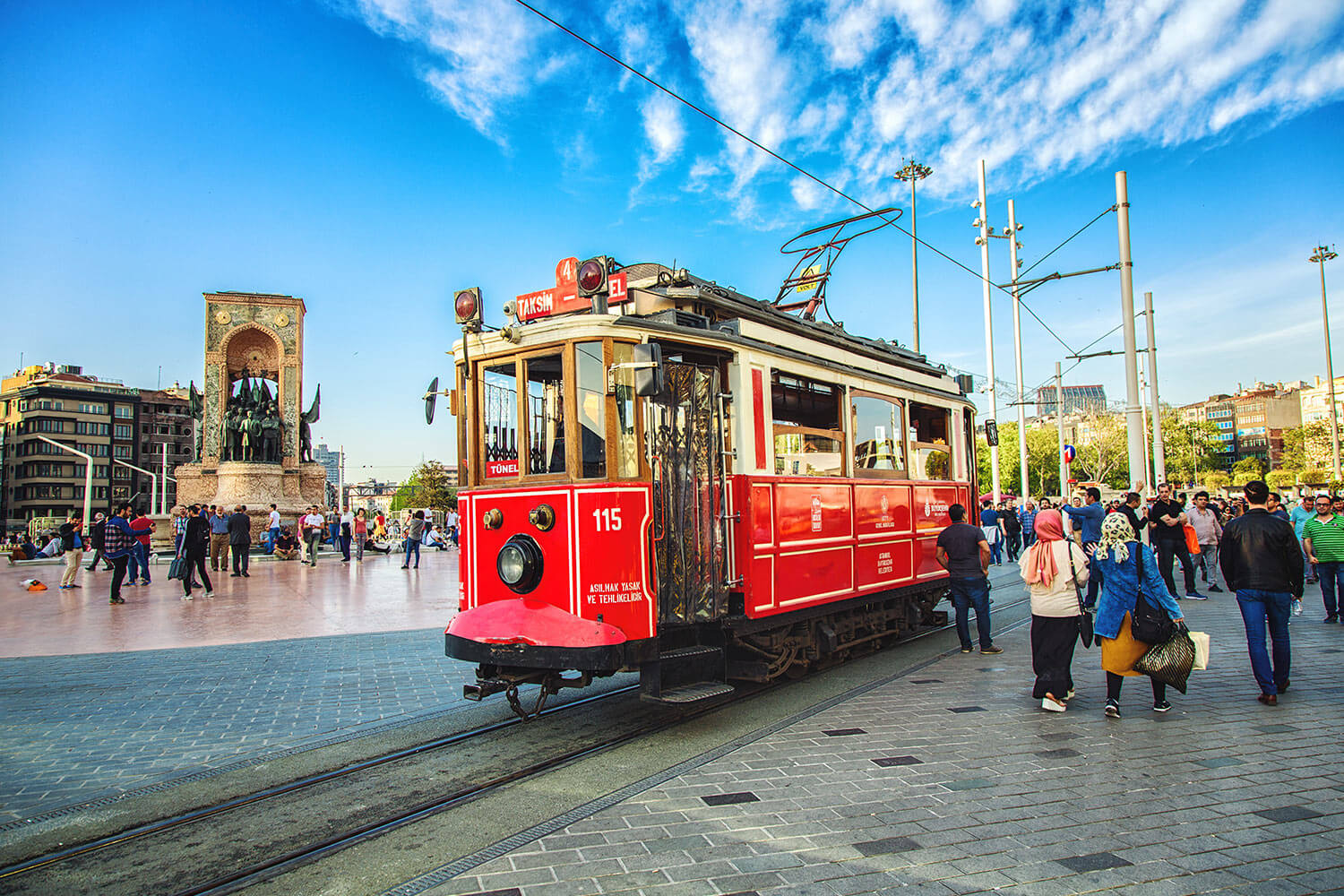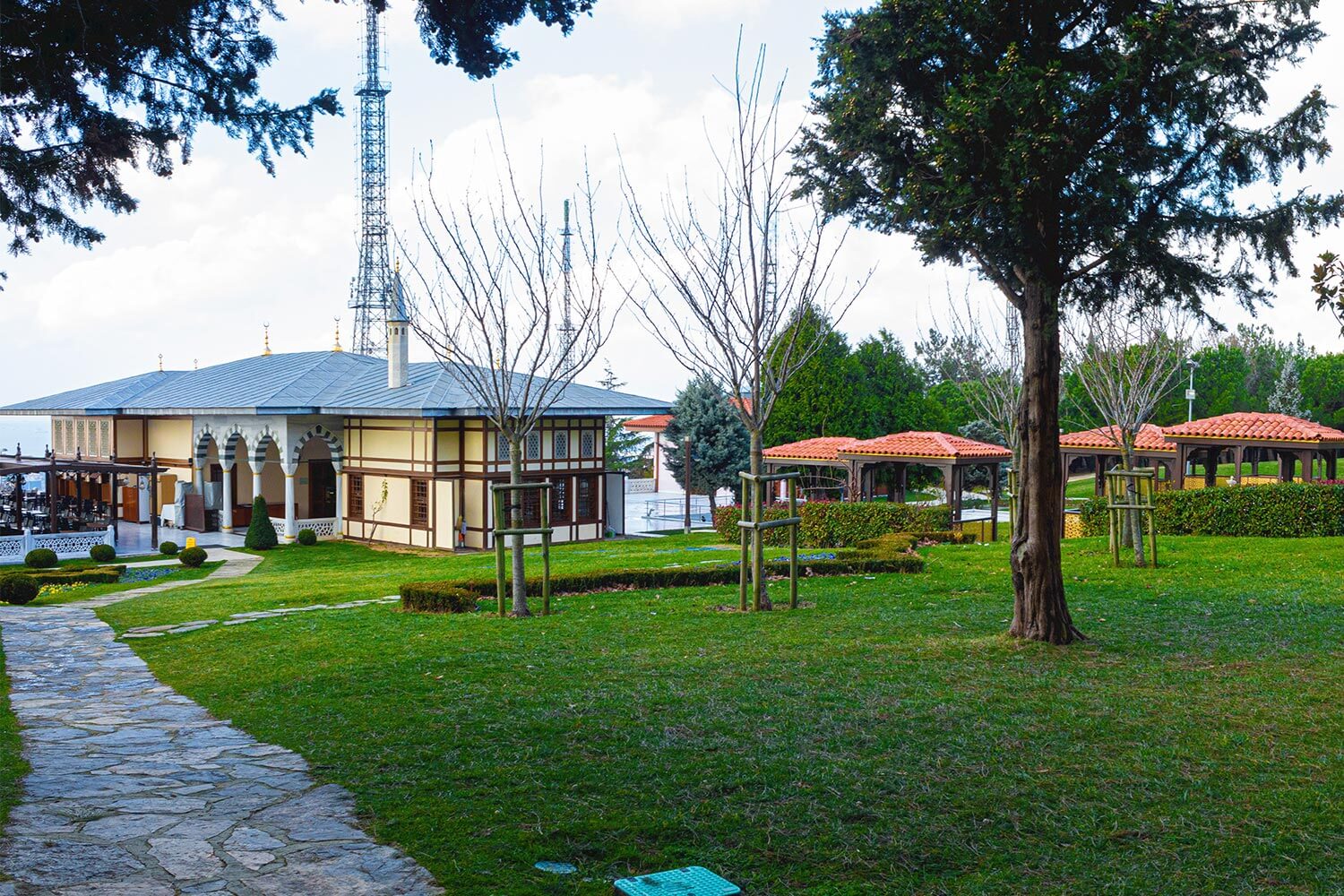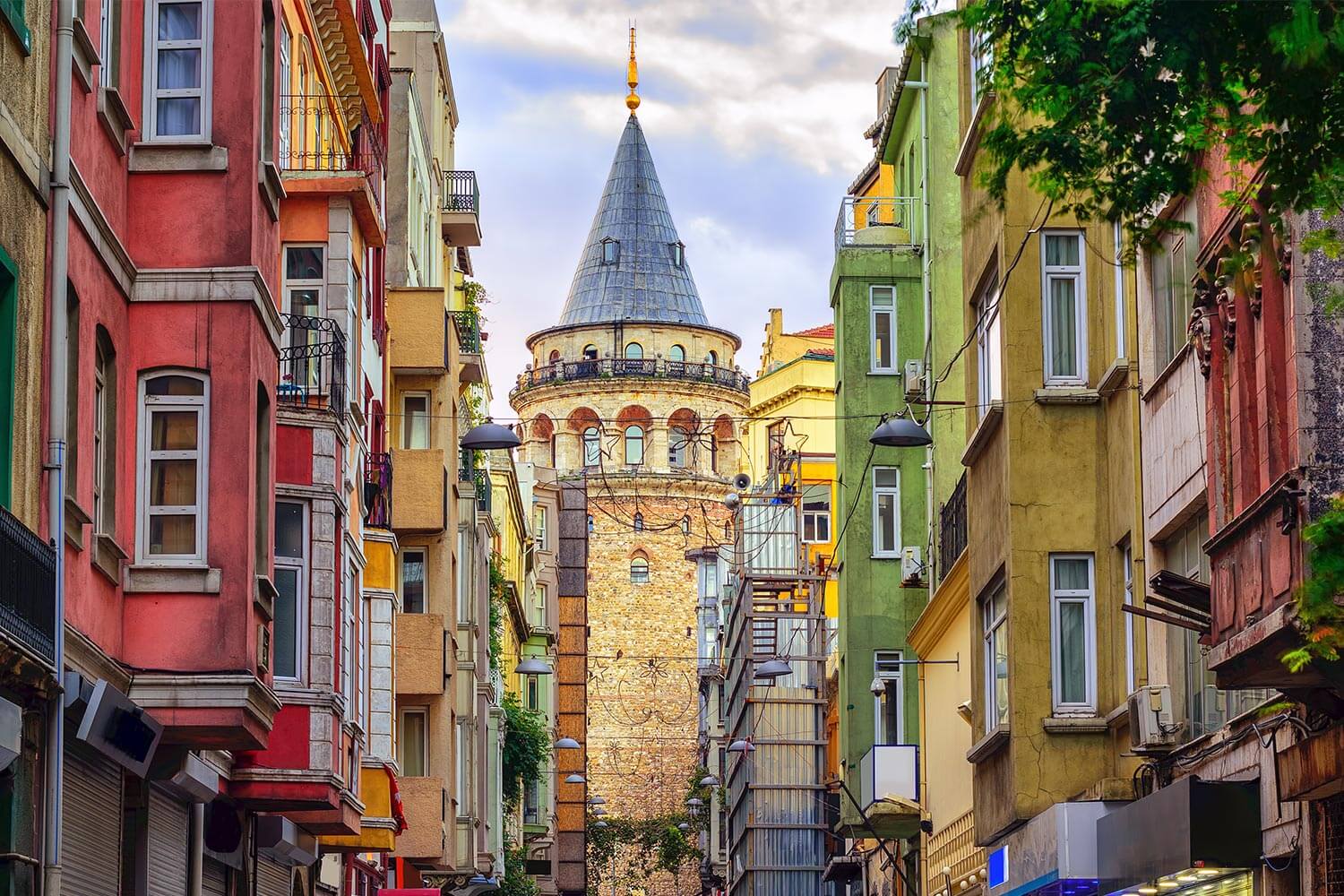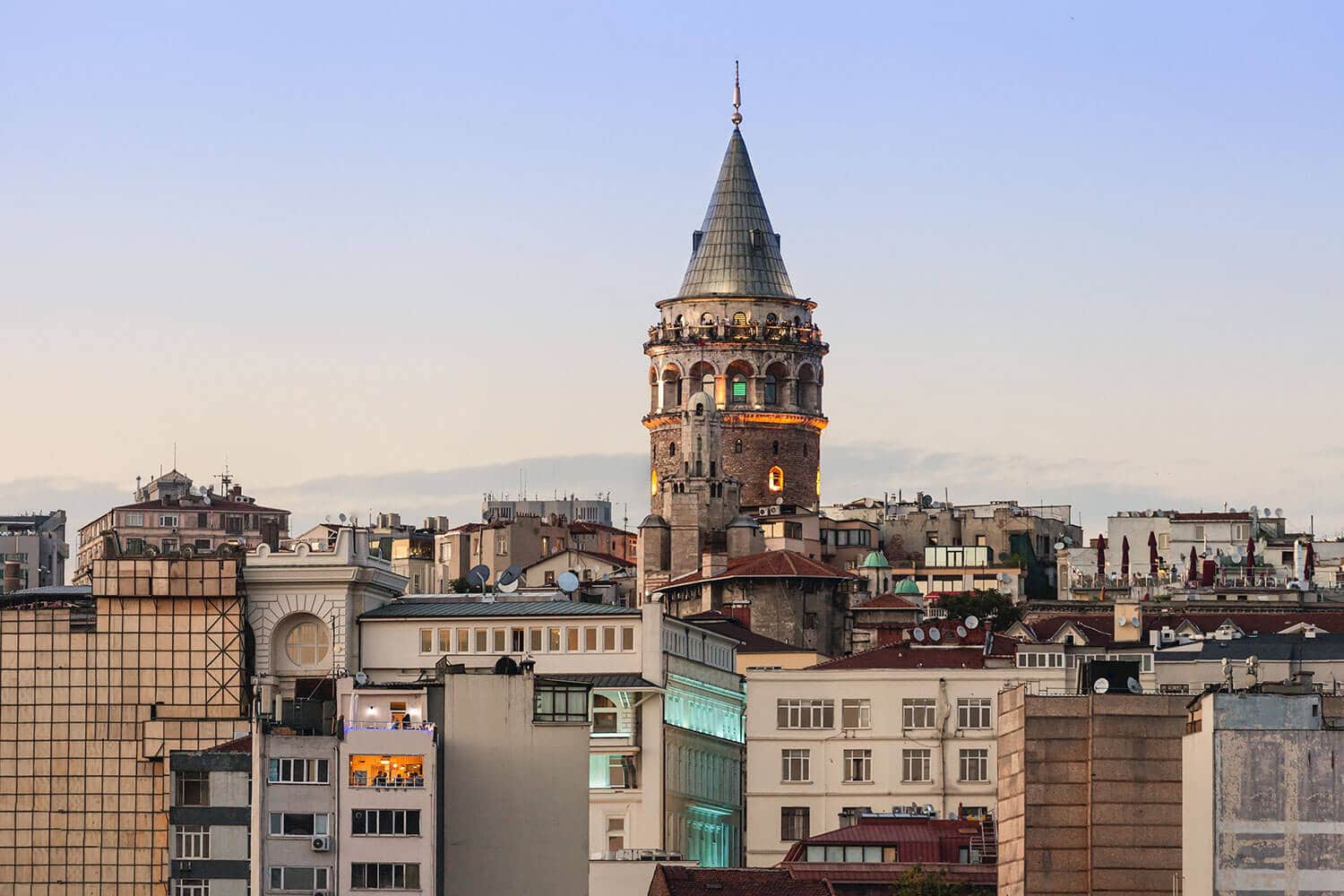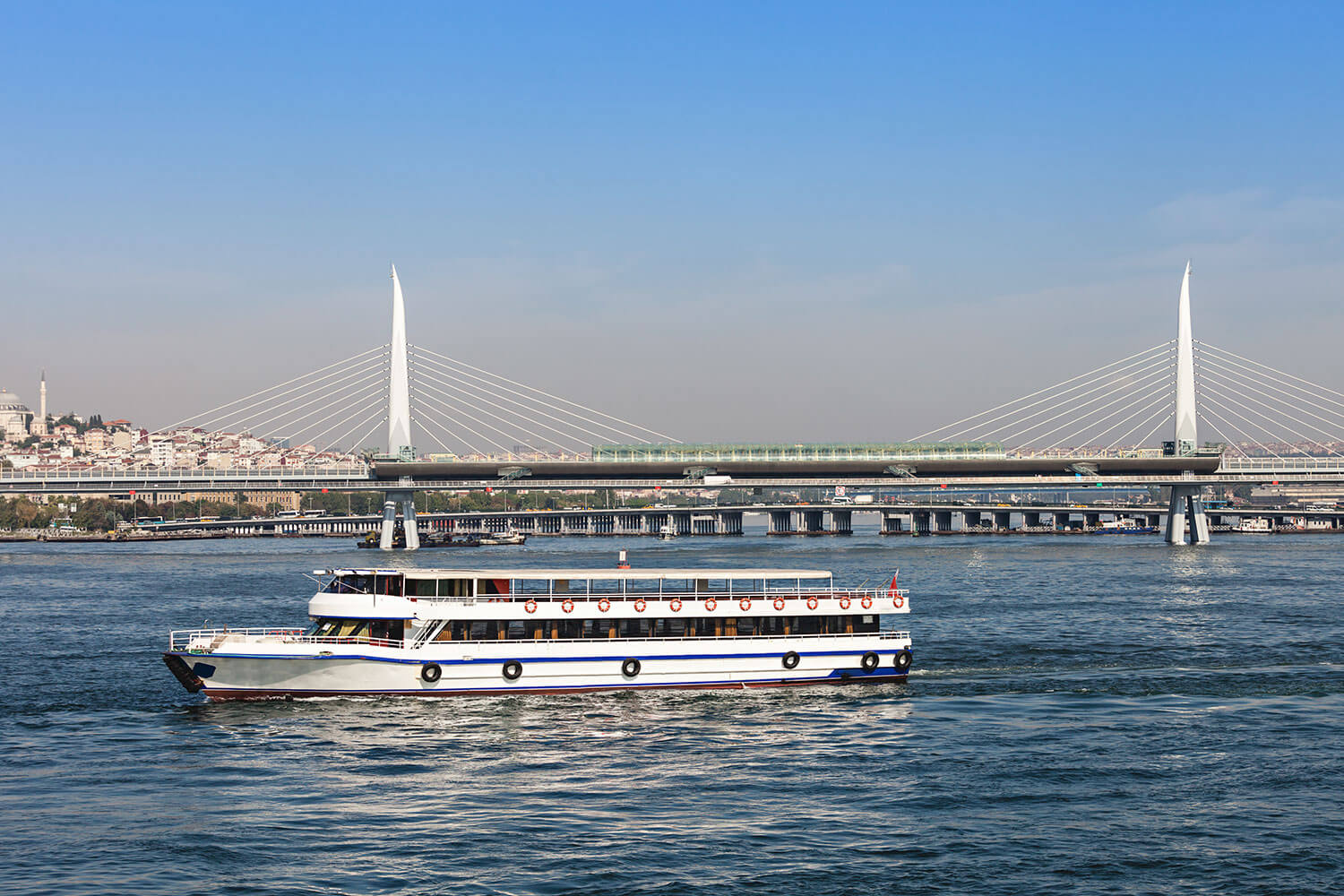Istanbul, the largest city in Turkey, is full of cultural, historical, and architectural wonders. Here are some of the must-visit places in Istanbul:
Hagia Sophia Museum: Once a cathedral, later a mosque, and now a museum, Hagia Sophia is a UNESCO World Heritage Site and an architectural masterpiece.
Blue Mosque (Sultan Ahmet Camii): This historic mosque is famous for its beautiful blue tiles and unique architecture with six minarets.
Topkapi Palace: Home to Ottoman sultans for nearly four centuries, this palace offers a glimpse into the lavish lifestyle of the sultans.
Grand Bazaar: One of the world’s oldest and largest covered markets, the Grand Bazaar is a shopping paradise with over 3,000 shops.
Basilica Cistern: This ancient underground water storage is a mesmerizing site with its forest of columns.
Dolmabahce Palace: This palace combines European architectural styles with traditional Ottoman elements. It’s also where Mustafa Kemal Ataturk, the founder of modern Turkey, spent his last days.
Spice Bazaar: Also known as the Egyptian Bazaar, it’s the best place to buy spices, nuts, dried fruit, and other delicacies.
Galata Tower: For panoramic views of the city, head up to the observation deck of this medieval stone tower.
Bosphorus Cruise: Take a ferry ride to enjoy Istanbul’s beautiful skyline and see the strait that separates Europe and Asia.
Istanbul Archaeology Museums: These museums house a vast collection of artifacts from across the globe, reflecting Istanbul’s place at the crossroads of civilizations.
Suleymaniye Mosque: This grand mosque, built by the famous architect Sinan, offers stunning views over the city and the Golden Horn.
Istiklal Street: This bustling pedestrian street in the Beyoglu district is lined with shops, cafés, restaurants, galleries, and theaters.
Chora Museum (Kariye Museum): Known for its stunning Byzantine mosaics and frescoes, it’s one of the most important museums in Istanbul.
Ortakoy: A vibrant neighborhood on the Bosphorus with lively markets, restaurants, and a beautiful mosque.
Turkish Baths (Hamams): For a unique cultural experience, visit a traditional Turkish bath. The historic Cemberlitaş Hamami is a popular choice.
Maiden’s Tower (Kiz Kulesi): This tower, also known as Leander’s Tower, is one of the most romantic symbols of Istanbul, located on a small islet off the Asian coast. You can take a short boat ride to the tower, where you can enjoy a meal at the restaurant inside.
Istanbul Modern: This is the city’s main museum for contemporary art, hosting a wide range of exhibitions, events, and educational programs.
Miniaturk: This outdoor miniature park features replicas of Turkey’s most notable landmarks.
The Princes’ Islands: These nine car-free islands—only four of which are open to the public—are great for a day trip from Istanbul. The largest and most popular is Büyükada.
Naval Museum: Dedicated to Turkey’s maritime history, this museum houses more than 20,000 exhibits in a variety of collections.
Galata Bridge: A walk across the Galata Bridge offers stunning views of the Golden Horn, as well as plenty of restaurants and cafés where you can enjoy traditional Turkish cuisine.
Balat Neighborhood: This historic neighborhood on the shores of the Golden Horn is known for its colorful houses, historic churches, and the Fener Greek Orthodox College.
Taksim Square: The heart of modern Istanbul, with numerous hotels, restaurants, and shops.
Belgrad Forest: A large forest area on the European side of Istanbul, perfect for picnics, walks, and runs.
Fener & Balat: These districts are famous for their historical houses, and they’re considered UNESCO World Heritage sites.
Kadıkoy: Located on the Asian side of the city, it’s a bustling area with a wide range of shops, restaurants, and bars.
Emirgan Park: One of the largest public parks in Istanbul, known for its tulip festival in April.
Rahmi M. Koc Museum: A great place for kids and adults alike, it’s dedicated to the history of transport, industry, and communications.
Sakip Sabanci Museum: An art museum located in Emirgan, dedicated to calligraphic art, religious and state documents, as well as paintings of the Ottoman era.
Beylerbeyi Palace: A beautiful palace located in the Asian side of Istanbul, known for its magnificent gardens and beautiful views of the Bosphorus.






